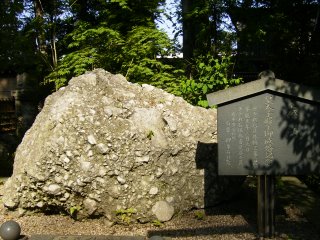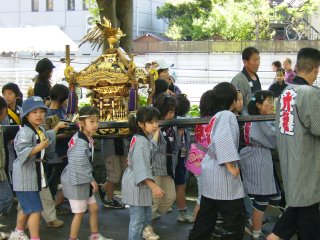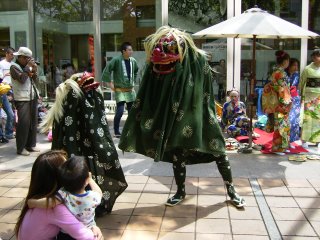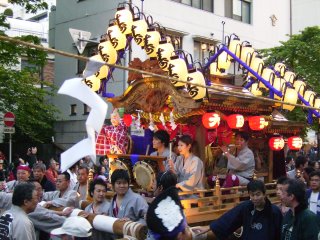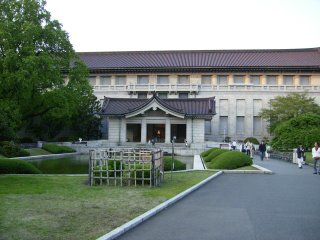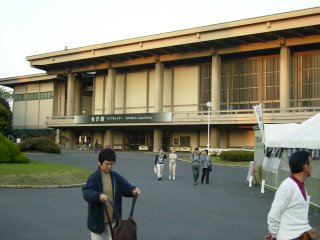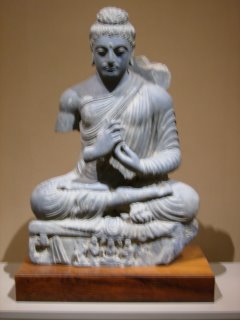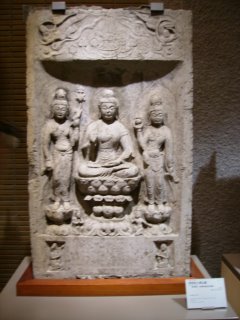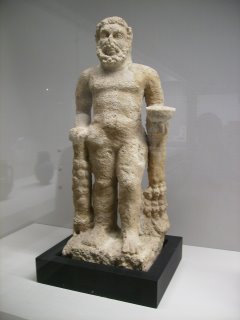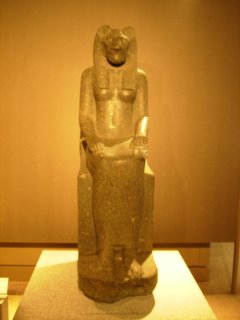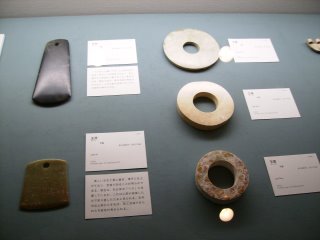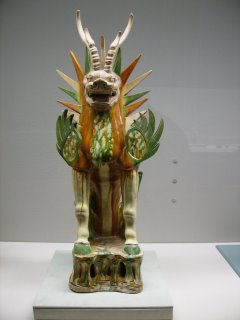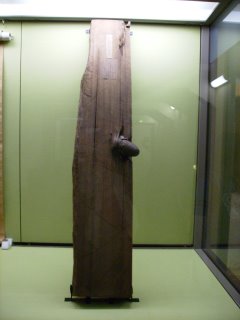Mild and pleasant to the taste. Surely, it makes you happy. Please take it! You taste just delicious.When it comes to the field of robotics, no one can beat the Japanese. That's why I'm here, to study Mechanical Engineering, or maybe Mechatronics, if possible.
But, that's not the only thing the Japanese are good at. For when it comes to humour, no one can beat the Japanese either.
A few days back, a screw fell off from my chair. Hey, you, stop laughing. I did gain some weight but of course, I didn't fall. As I was trying to fix the screw, guess what I discovered? A "secret message" hidden in a "secret compartment" under the chair!
Cool! For a moment, I suddenly felt as if I was in one of Enid Blyton's stories: treasure maps... kidnappers... mysteries... adventure!
 Sorry to disappoint you but, it was just a user guide. Hidden under the chair, who the heck could have found it? Geez...
Sorry to disappoint you but, it was just a user guide. Hidden under the chair, who the heck could have found it? Geez...
Then, there's this notice in the lift, which never failed to make whoever reads it scratch his head, bewildered... Who says Malaysians are the only nation speaking mangled English?
Who says Malaysians are the only nation speaking mangled English?
And finally, here's my favourite one!
Here in Japan, banana is the only affordable fruit that won't burn a hole in your pocket... Until I found this canned mandarin orange, which is relatively cheap compared to apples and oranges.
Mild and pleasant to the taste. Surely, it makes you happy. Please take it! You taste just delicious.
Don't get it wrong. I bought it not because it was cheap. I was merely flattered.
Talk about marketing technique!
























